Mastering Differential Diagnosis with the DSM-5: A Symptom-Based Approach – Margaret L. Bloom
Original price was: $199.99.$55.00Current price is: $55.00.
Mastering Differential Diagnosis with the DSM-5: A Symptom-Based Approach – Margaret L. Bloom Download. Take your DSM-5® diagnostic skills to the next leve…
Salepage link: At HERE. Archive:
Take your DSM-5® diagnostic skills to the next level! This advanced recording is designed specifically for mental health professionals seeking to master clinical diagnosis and differential diagnosis using the DSM-5®, ICD-10 and online assessment tools. The focus of this workshop is on the key symptoms for each diagnosis, common differential diagnoses and frequent comorbid disorders of anxiety, depressive, trauma-related, substance-related, psychotic and neurodevelopmental disorders. Case examples and studies are provided throughout – giving you the opportunity to learn and apply a four-step symptoms-based diagnostic method. Topics include the clinical intake interview, differential diagnoses, online assessment tools to narrow diagnosis and potential comorbidities.
- Apply a four-step diagnostic process to accurately identify and code a client’s diagnosis.
- Specify key symptoms and diagnostic criteria for frequently diagnosed mental disorders.
- Determine important differential diagnoses for anxiety, depressive, trauma-related, substance-related, and neurodevelopmental disorders.
- Analyze differential diagnoses for children who present with disruptive behavior.
- Differentiate between overlapping symptoms and comorbid conditions in order to provide the correct diagnosis.
- Utilize the DSM-5® severity tables, assessment tools, and coding notes to improve the accuracy of diagnosis and ICD-10 coding.
Quick Review of Using the DSM-5 and ICD-10
- Diagnosis of mental disorders in the U.S.A.
- Use of two models DSM-5 and ICD-10
- Use of Specifiers
- DSM-5 and ICD Coding and Recording
- Web-based DSM-5 Resources
- Digital Updates
- DSM-5 Cross-Cutting Symptom Measures and Screening Tools
Four Step Diagnostic Method
- Case 1: Michelle
- Goals of the Clinical Interview
- Steps to a DSM-5 Diagnosis
- Step 1: Gathering Client Information and Behavior Sample
- Interview Phases I, II, and III
- Using Client Observation Sheet in Step 1
- Using assessment tools to supplement data
- Sources of Error to avoid in the clinical interview
- Step 2: Identifying Key DSM-5 Symptom Clusters
- Step 3: Differential Diagnosis List
- Considering medical and substance causes of symptoms
- Assessments for Alcohol, Drug and Tobacco use
- Differential Diagnosis Guides in DSM-5 Manual
- Step 4: Initial DSM-5 Diagnosis
- Comorbidity considerations
Differential Diagnosis of Specific DSM-5 Mental Disorders
Clients with Symptoms of Depression
- Key symptoms of Depression and Dysphoria
- Substance-Related and Medical conditions with Depressive Symptoms
- Mental Disorders with Symptoms of Depression
- Diagnosis Challenge: Case 2: Marilyn Wilson
- Differentiating Disorders with Symptoms of Depression
- Frequent Comorbid Disorders
Clients with Fear and Anxiety
- Key Symptom Patterns of Anxiety
- Substance-Related and Medical conditions with Anxiety Symptoms
- Mental Disorders with Symptoms of Anxiety
- Differentiating by Patterns of Anxiety symptoms
- Diagnosis Challenge: Case 3: Hunter
- Specific Differential Diagnoses
- Generalized Anxiety Disorder
- Panic Disorder
- Frequent Comorbid Disorders
Clients with Abnormal or Impaired Cognition
- Diagnostic Challenge: Case 4: Christa
- Sorting Patterns of Psychosis
- Substance-Related and Medical conditions with Psychosis symptoms
- DSM-5 mental disorders with psychosis symptoms
- Sorting Patterns of Cognitive Deficit: Case 5: Bob Gray
- Substance-Related and Medical conditions that produce cognitive deficits
- Differential Diagnosis when Cognitive Deficits as a Key Symptom?
- Neurodevelopmental Disorders
- Neurocognitive Disorders
Clients with Repetitive Thoughts and Behaviors
- Diagnostic Challenge: Case 6: Devin
- Mental Disorders with Symptoms of Repetitive Thoughts and Behaviors
- Substance-Related and Medical conditions associated with Repetitive Thoughts and Behaviors
- Frequent Comorbid Disorders
Clients with Disruptive Behaviors
- Disruptive Behavior Symptoms
- Diagnostic Challenge: Case 7: Natalia is a Problem
- Substance-Related and Medical conditions associated with Disruptive Behaviors
- Differential Diagnosis by Patterns of Disruptive Behavior
- Defiant, Angry and Vindictive
- Impulsive and/or Antisocial
- Comorbidity in DSM-5 Disruptive, Impulse Control, and Conduct Disorders
Here's an overview of the prominent keywords and a list of famous authors:
Business and Sales: Explore business strategies, sales skills, entrepreneurship, and brand-building from authors like Joe Wicks, Jillian Michaels, and Tony Horton.
Sports and Fitness: Enhance athleticism, improve health and fitness with guidance from experts like Shaun T, Kayla Itsines, and Yoga with Adriene.
Personal Development: Develop communication skills, time management, creative thinking, and enhance self-awareness from authors like Gretchen Rubin, Simon Sinek, and Marie Kondo.
Technology and Coding: Learn about artificial intelligence, data analytics, programming, and blockchain technology from thought leaders like Neil deGrasse Tyson, Amy Cuddy, and Malcolm Gladwell.
Lifestyle and Wellness: Discover courses on holistic health, yoga, and healthy living from authors like Elizabeth Gilbert, Bill Nye, and Tracy Anderson.
Art and Creativity: Explore the world of art, creativity, and painting with guidance from renowned artists like Bob Ross and others.
All the courses on WSOlib are led by top authors and experts in their respective fields. Rest assured that the knowledge and skills you acquire are reliable and highly applicable.
Specification: Mastering Differential Diagnosis with the DSM-5: A Symptom-Based Approach – Margaret L. Bloom
|
User Reviews
Only logged in customers who have purchased this product may leave a review.

Original price was: $199.99.$55.00Current price is: $55.00.

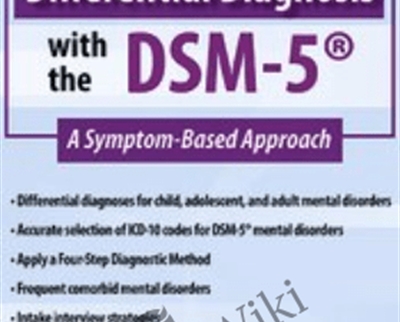






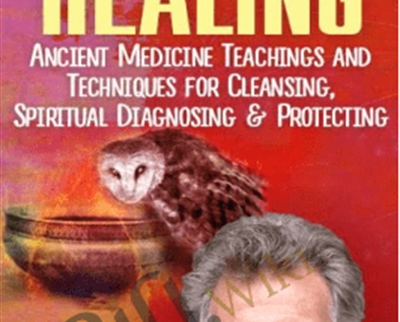
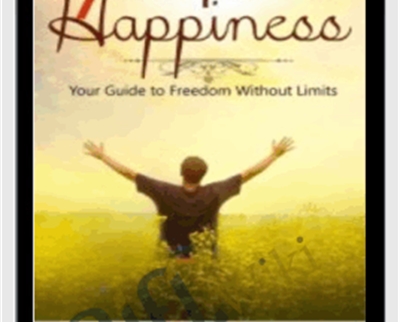
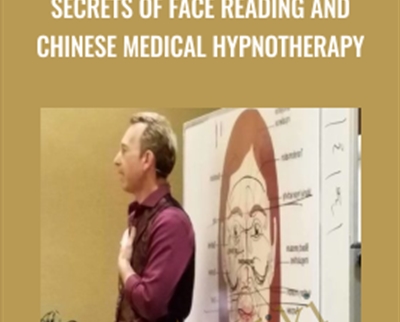
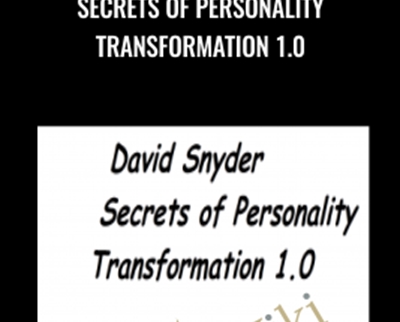
There are no reviews yet.